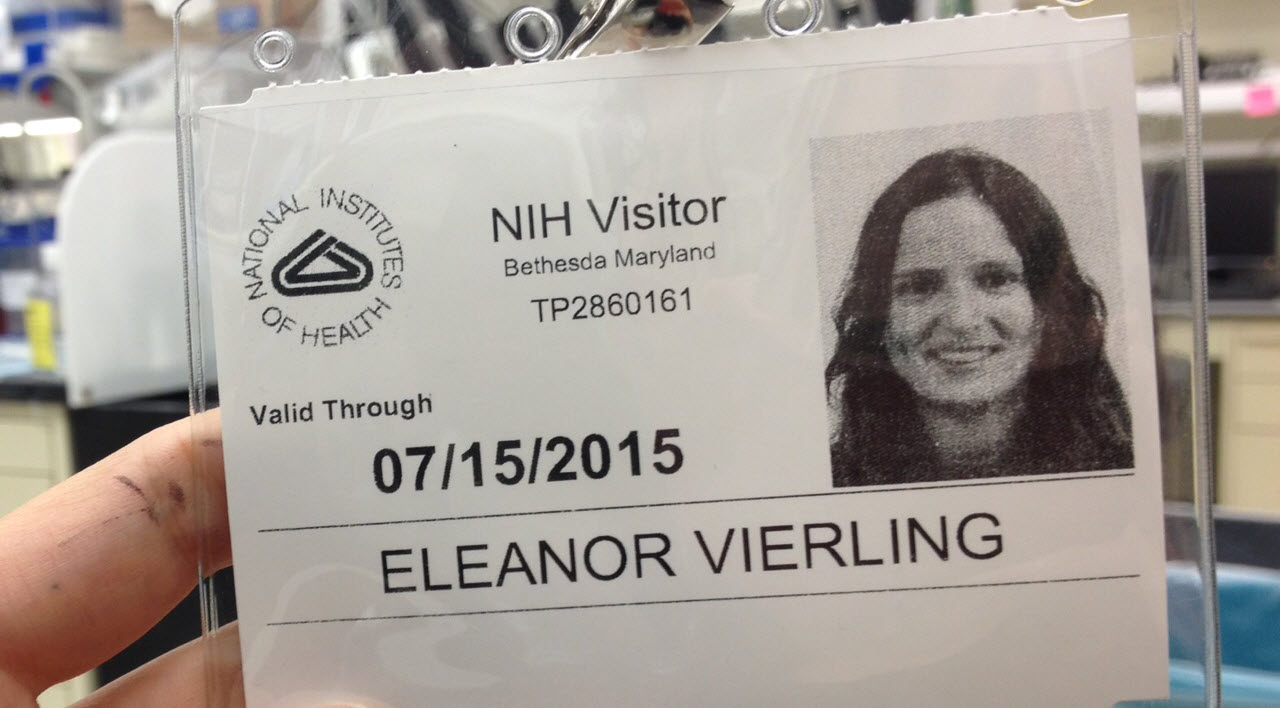An Epidemic of Statistics

When the Ebola outbreak caught the attention of my students, I looked for ways to capitalize on that interest and help them look at the global issue through the lens of statistical modeling – but I felt ill prepared. Most of the educational materials I found online were focused on the biology of pathogens and how to spot the symptoms. One student said, “The person on the news told me not to worry, that chances of getting Ebola are low. How low is low? And isn’t there a possibility?” As a Statistics teacher, I answered, “There is always a possibility.”
That answer did not satisfy my students, nor did it satisfy me. I want my students to know that I am the kind of teacher who listens to their questions and who takes their curiosity seriously. I designed a Fund for Teachers fellowship to deepen my understanding of mathematical modeling and statistics in the context of Public Health and Epidemiology in two phases over a three-week period. For the first phase, I participated in the “Introduction to Infectious Disease Modeling and Its Applications” course at the London School of Hygiene and Tropical Medicine; for the second phase I visited governmental,non-governmental, and academic institutions across the east coast of the United States.
Teaching, in many ways, is analogous to what Epidemiologists do: studying the spread of knowledge (instead of disease) and consistently planning and implementing intervention plans and measuring the impact of those interventions.
In London, I was introduced to this exciting and expanding area by professionals working on infectious diseases in both developing and developed countries. The emphasis was on developing a conceptual understanding of the basic methods and on their practical application, rather than the manipulation of mathematical equations. Back in the States, I met with experts at the Yale School of Public Health in New Haven, CT, Partners in Health in Boston, and National Institutes of Health in Bethesda, MD. I sat down with people who use Statistics in their careers to better understand the world around them, and made videos of our discussions to expose students to careers in fields that are not often covered in the media.
Throughout my fellowship, I was reminded that learning in context is important. In math, topics can often seem random and as though you are marching through a disconnected series of rules and procedures. The learning I accomplished this summer is in a beautifully real-world context, which motivates me to keep going. I wanted to figure out the formula because I wanted to know how the average age of infection has changed since a vaccination has been introduced. After this experience, I am recommitted to the importance of students learning mathematics because so much of our understanding of science and society has foundations in algebra and statistics.
Through the lessons and projects built on the foundation of my fellowship, students will learn about careers in health and research that they can pursue and what academic background they would need to be prepared for those fields. I am excited to implement my senior-freshman health and mathematics writing buddy program this fall. I am working with the ten 9th grade Health Writing teachers to develop an Infectious Disease unit for which my AP Statistics students will serve as student mentors. I foresee great benefits for the seniors learning about writing in the math content area who will be able to turnkey that knowledge and become more confident through their work with freshmen.
I used to think about a career change from teaching to working in public health, but through my experience this summer I realized that I do work in public health- I teach statistical literacy and help students be responsible owners of their minds and bodies. I am recommitted to my career in education, realizing that I am able to effect the change I would want to through a different career right where I am.
Eleanor Terry Vierling has been teaching math at the High School for Telecommunication Arts and Technology (HSTAT) in Brooklyn, NY, for almost 10 years. She has taught everything form numeracy to AP Statistics. Five years ago, she also took on the role of college advisor. In 2013, Eleanor was awarded the Sloan Award for Excellence in Teaching Science and Mathematics.
 Back to Blogs
Back to Blogs